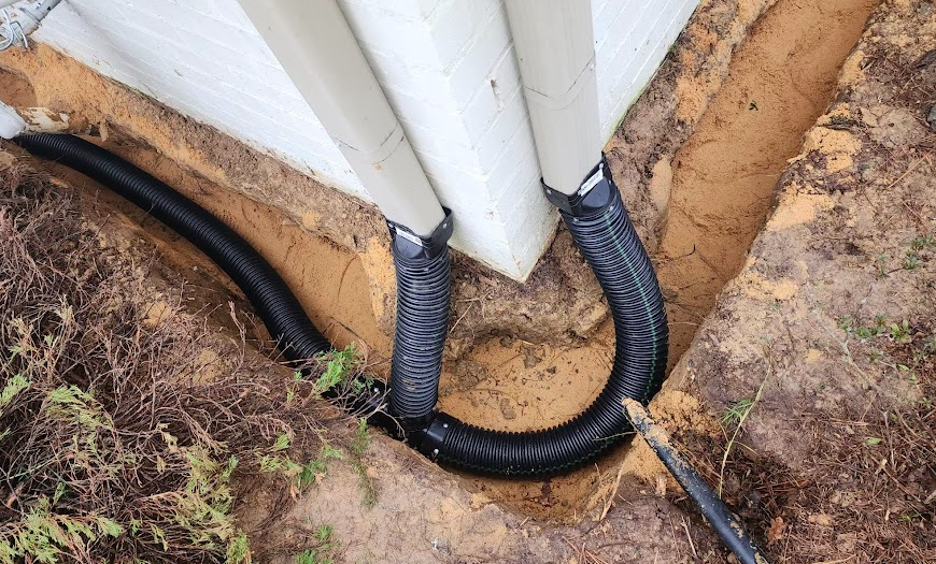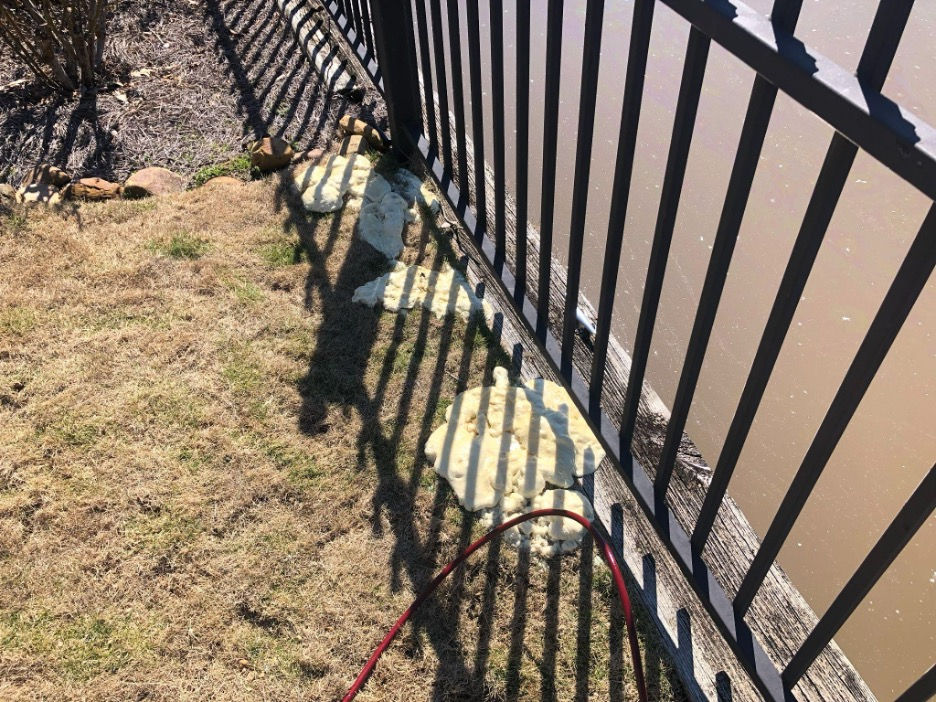Can You Repair Erosion Behind a Seawall Without Replacing It
- burns68
- 7 hours ago
- 4 min read

If you own waterfront property or a lake-front lot, your seawall is a critical line of defense for your real estate. One of the most serious problems is having to repair erosion behind a seawall. Soil loss, voids, and wash-out behind the wall can negatively affect the wall’s structural integrity. But you don’t always have to replace the entire seawall to address the issue. Many times, targeted repair techniques can stabilize the wall, stop further soil loss, and restore function.
To help you determine the best approach for your seawall, we’ll explain when repair rather than replacement is feasible, what methods are commonly used, and how you can evaluate whether your seawall qualifies for a repair approach rather than a full rebuild. For a professional assessment, contact Foremost Foundations & Construction today at 601-405-1052.
When to Replace and When to Repair
Complete seawall replacement is often the only long-term answer when the wall is severely compromised. When it’s leaning drastically, the panels are failing, or the structural footing is undermined, it’s time for a new seawall. But full replacement is expensive, disruptive, and time-consuming.
However, when the primary structure of the wall is still sound—the sheet piles, panels, or cap are intact—but you see soil erosion or voids behind the wall, a repair may not only be viable but much more cost-effective. According to seawall repair specialists, methods like grout injection, foam injection and soil stabilization can fill voids, stop soil migration, and restore stability without tear-out.
In many cases you can repair erosion behind a seawall without full replacement, but you’ll need an expert assessment and the right techniques.
What Signs Show You Might Be Eligible for Repair?
Here are some common indicators that the damage is behind the wall (soil loss) rather than a full structural collapse:
Ground behind the seawall sinks, subsides or has depressions.
Voids or water seepage appearing at the seam or toe of the wall.
Cracks around the cap, or minor tilting—not full collapse.
The seawall appears structurally intact, with no massive failure.
If the wall is still essentially upright and intact but you see erosion behind it, it may be a strong candidate for repair rather than a full replacement.
Proven Repair Methods
Let’s examine key repair methods that professionals use to stop erosion behind seawalls and avoid full replacement:
Void Filling and Polyurethane Injections
Many repair firms use closed-cell polyurethane foam injected into voids behind the seawall. The foam expands, displaces water, fills gaps, and creates a strong bond that stops soil loss.
Soil Stabilization
Rather than just treating the seepage, this method stabilizes the soil mass behind the wall. Polyurethane or polymer grouts permeate the soil, harden, and provide renewed support for the wall.
Sealing Joints, Cracks, and Panels
Often erosion begins through seepage at joints or behind panels. Sealing the cracks, repairing the cap, and closing pathways of water infiltration can stop further soil loss.
Improved Drainage and Back-fill
Addressing water pressure and drainage behind a seawall is key. Adding geotextile filter fabric, controlled back-fill, or relief drains reduces pressure and prevents wash-out. Here at Foremost Foundations, we use ShoreSOX®, an innovative erosion control system that acts as a necessary companion to injection repairs.
Using these methods in appropriate conditions allows many property owners to avoid the disruption and cost of full seawall replacement.
When Repair Might Not Be Enough
Despite the promising methods above, there are times when repair alone isn’t adequate. You may need to consider replacement if:
The seawall is severely leaning, bowing, or panels are failing.
The footings or structural foundation have been compromised.
Soil conditions are extremely poor, and the wall needs full replacement for safety.
Significant wave action, boat wakes, or storm damage have overwhelmed the original design.
In those cases, investment in a full rebuild may be the safer long-term decision, even if it comes with a higher upfront cost.
Why Choose Foremost Foundations & Construction?
At Foremost Foundations & Construction, we specialize in waterfront structural repair, including erosion behind seawalls. Our team will provide you with a full assessment at no cost to evaluate your seawall’s condition and whether it can be repaired vs. replaced.
We apply proven methods like foam injection and soil stabilization to stop erosion behind seawalls, and our local expertise gives us a strong understanding of the unique soil, tide, and wave conditions along Mississippi waterways. Repairs typically cost far less than total replacement, and you don’t have to sacrifice safety or performance.
From inspection and diagnosis to repair and follow-up maintenance, we handle every step.
Residential and Commercial Seawall Repair in MS
Erosion behind a seawall doesn’t always mean full replacement is the only answer. When the wall’s structure is still intact, and when soil loss is the primary issue, repair techniques can restore function, stop erosion, and save you time and money.
If you’re seeing signs of soil loss behind your seawall, don’t wait. Early intervention improves outcomes, prevents further damage and often opens the door to repair rather than replacement. Contact Foremost Foundations & Construction for a professional evaluation. We’ll help you protect your waterfront investment, so your seawall stays strong and your shoreline stays safe.




Comments